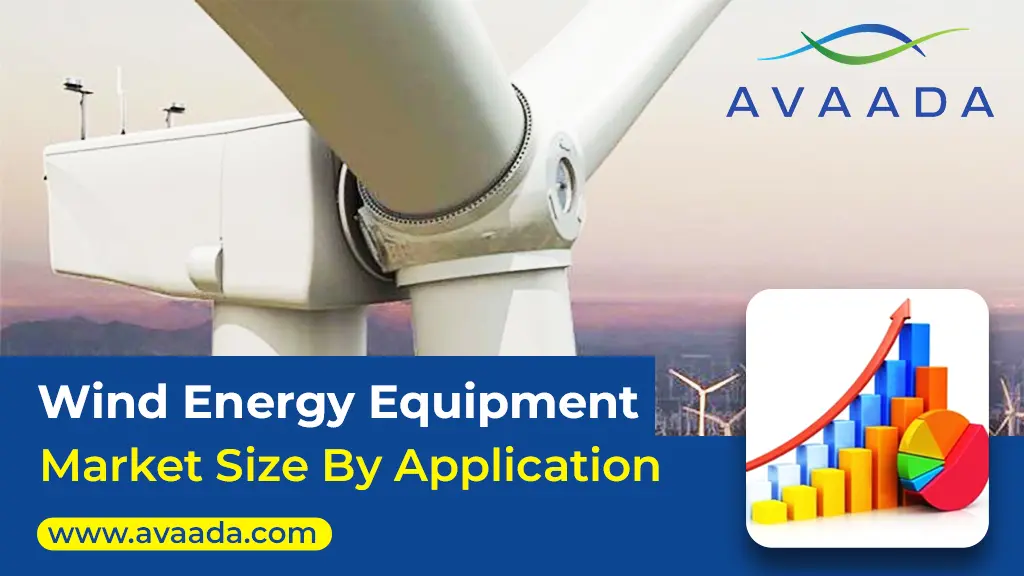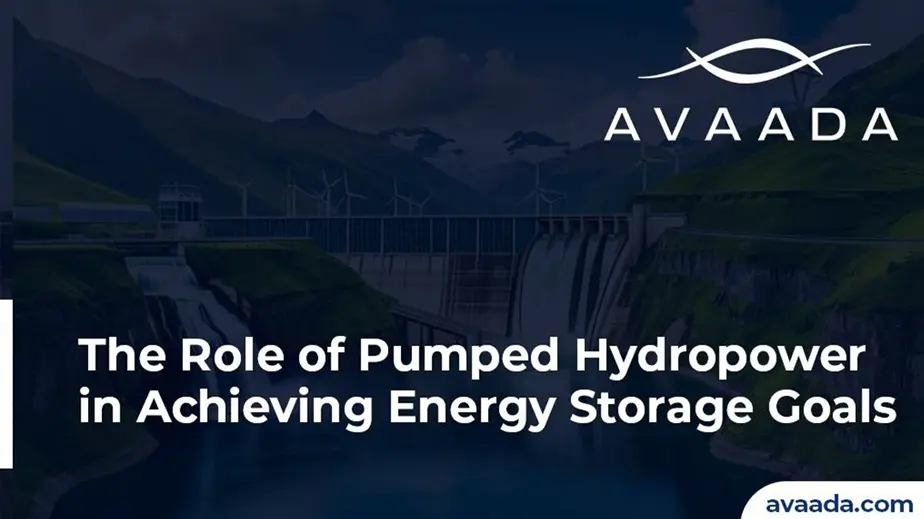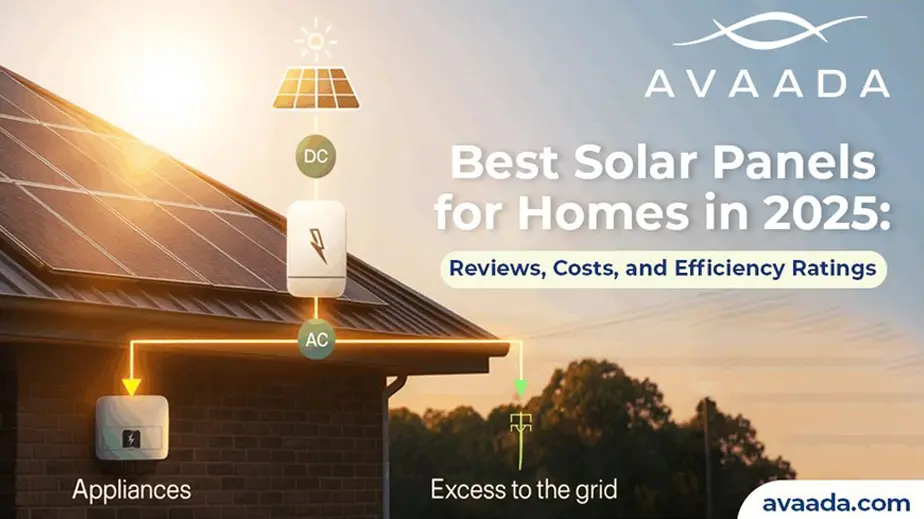As the demands for global energy continue to grow and the rising concerns regarding the climate, India is trying to expand its green energy portfolio by harnessing the unexploited offshore wind energy potential along its 7,600 km coastline. The focus on offshore increased in recent years. The renewable energy ministry has set a target of 30 GW offshore wind installations by 2030. People are focused increasingly on renewable sources. Wind energy is clean as well as renewable; therefore, it has emerged in recent years as the leading cornerstone of energy in the globe. The growth in the development and progression of this sector mainly depends upon how wind energy equipment is shaped as per diversified applications.
This blog delves into the market size of wind energy equipment, segmented by its applications, and highlights the factors shaping its development across industries and regions.
Overview of the Wind Energy Equipment Market
This wind energy equipment market incorporates everything from turbines to blades, towers, gearboxes, generators, and control systems to harness the wind. As of 2024, the market is witnessing robust growth, driven by technological advancements, government incentives, and increasing investments in renewable energy infrastructure.
With the help of the segmentation application, it reveals the various sectors in which wind energy is being implemented, indicating trends and prospects for interested stakeholders.
Key Applications of Wind Energy Equipment
1. Utility-Scale Power Generation
Utility-scale applications have the majority share of the size of the wind energy equipment market. Utility-scale wind farms are connected to electrical grids to provide power to millions of houses and businesses.
- Market size insights: Utility-scale installations are expected to increase substantially as governments mandating the incorporation of renewables are on the rise. For example, the EU’s aim of reaching 40% of renewable energy level by 2030 has accelerated the installation of large-sized wind farms.
- Trends: Offshore wind farms are beginning to gain in popularity, mainly because equipment designed for operation in deep water has been gaining in popularity, which has driven the market forward. Installing larger capacity turbines, greater than 10 MW, facilitates the extraction of the maximum energy possible.
Discover how much power a wind turbine produces per rotation and the factors that influence its efficiency.
2. Commercial and Industrial (C&I) Applications
Commercial and industrial sectors are turning to wind power as a way to save energy dollars and meet sustainability needs.
- Market size insights: C&I applications are growing at a rapid pace, especially in regions where energy costs are high and corporate sustainability initiatives are strong. Businesses from manufacturing, retail, and technology sectors are investing in on-site or near-site wind energy projects.
- Trends: Hybrid systems of wind and solar energy are gaining popularity in this market enhancing reliability and efficiency.
3. Residential Applications
Though smaller in scale, residential applications are an emerging market of the wind energy equipment market. Small wind turbines are installed to power individual homes that are typically located in a remote or off-grid region.
- Market size insights: Residential markets make up a relatively small part of the market but will grow steadily with declining equipment costs and homeowner demand for energy independence.
- Trends: Advancements in small wind turbine design, such as vertical-axis turbines, are making small wind a more viable and accessible technology for residential use.
4. Hybrid and Microgrid Systems
Hybrid systems have increased in popularity with a combination of wind energy and solar, integrating energy storage. It is appropriately used for powering microgrids at remote or off-grid sites.
- Market size insights: The hybrid and microgrid market is witnessing rapid growth in developing regions, driven by poor grid connectivity. Governments and organizations spend heavily on such systems to provide clean energy to less privileged locations.
- Trends: Advances in control systems and energy storage technologies are making
Hybrid wind energy systems are more viable and efficient.
5. Offshore Applications
Offshore wind energy is one of the fastest-growing market segments. Offshore turbines take advantage of the stronger and steadier winds that produce higher energy output.
- Market size insights: The market is expected to see exponential growth, especially with heavy investments by Europe, Asia-Pacific, and the U.S. Presently, offshore applications account for the largest portion of total wind energy investments.
- Trends: Floating wind turbines make a significant difference as they now enable installation at greater depths.
Explore the key differences between offshore and onshore wind energy in this comprehensive comparison.
Factors Driving market growth by application
- Government policies and incentives: Supportive policies, tax credits, and subsidies have driven adoption among all segments.
- Technological Advancements: In the design of turbines, Gear/Gearless, generators/ PMG, blades, and control systems, innovations are improving efficiency while cutting costs.
- Corporate Sustainability Initiatives: Companies are integrating wind energy into their operations to meet carbon-neutrality goals.
- Grid Modernization: As grids become more intelligent and resilient, they can better accommodate the power of diverse applications of wind energy.
Regional Insights
- North America: Utility-scale and C&I drives, huge investment commitment in offshore wind in the United States
- Europe: offshore application market leader, clear policies support utility-scale and hybrids
- Asia-Pacific: fast-growing markets for utility-scale as well as residential, particularly in China and India
- Latin America and Africa: emerging markets for microgrids as well as hybrid systems to support mitigation of energy access challenges
Conclusion
The dynamic and ever-evolving nature of the wind energy equipment market makes the application vary from quite massive utility projects to small residential setups. Every segment contributes toward the market size differently and thus represents different scope opportunities.
With the trend of embracing renewable energy continuing in governments, businesses, and individuals, the equipment market for wind energy is in for sustained growth. Through innovative technologies and application-specific needs, there will be a strong urge toward a greener and more sustainable energy future.









